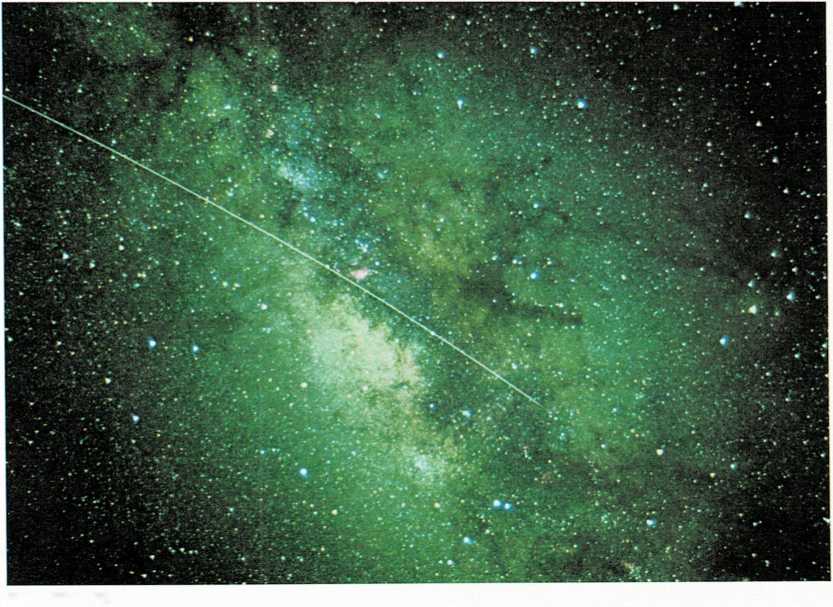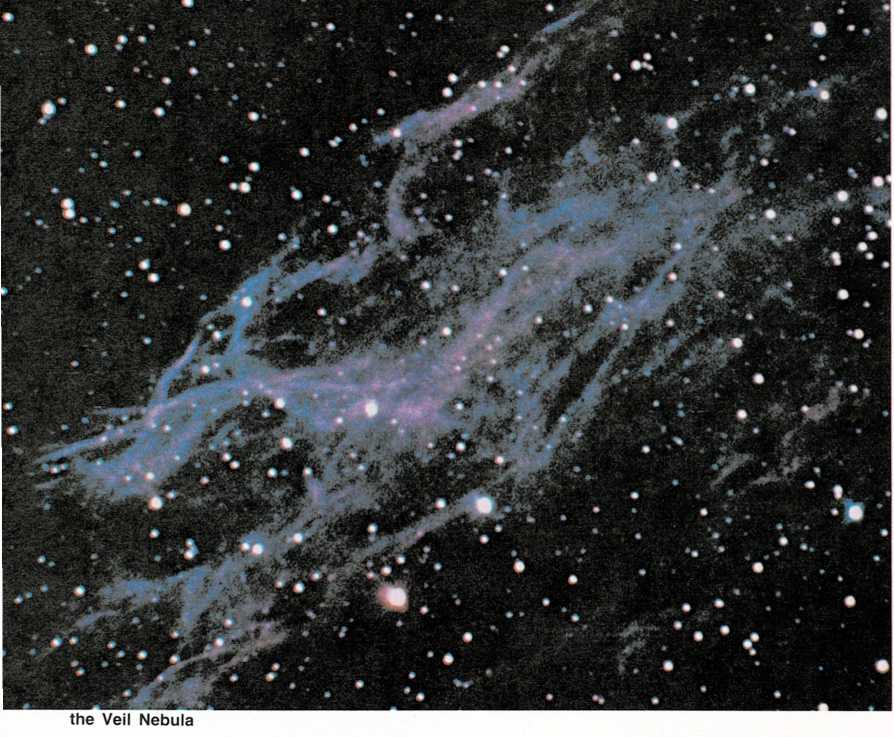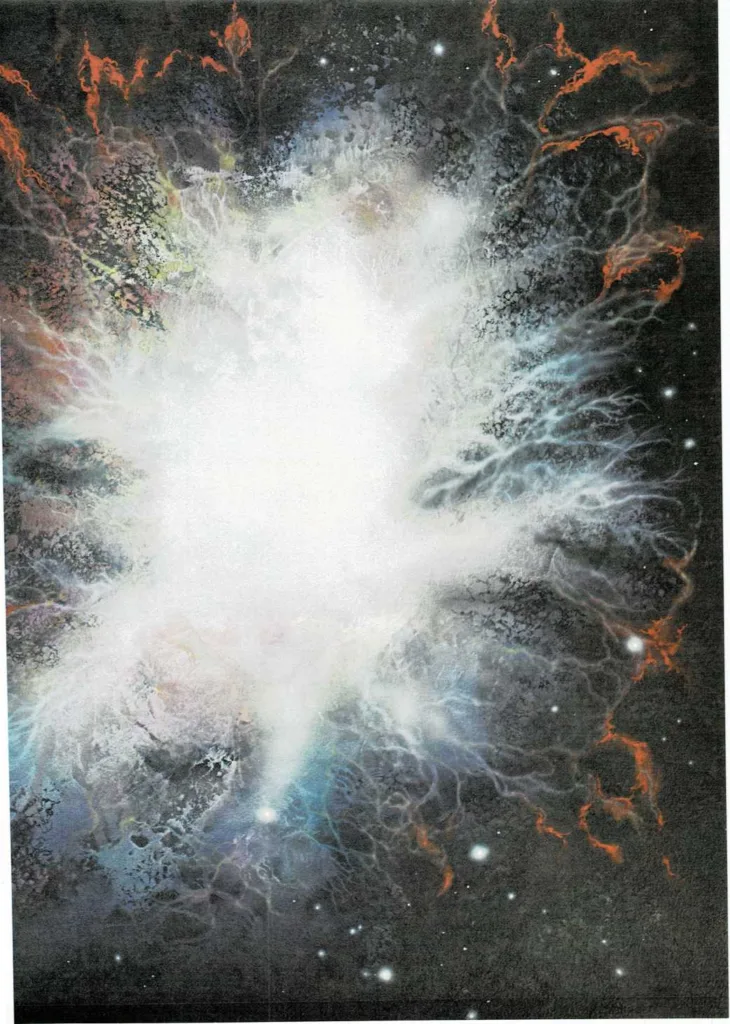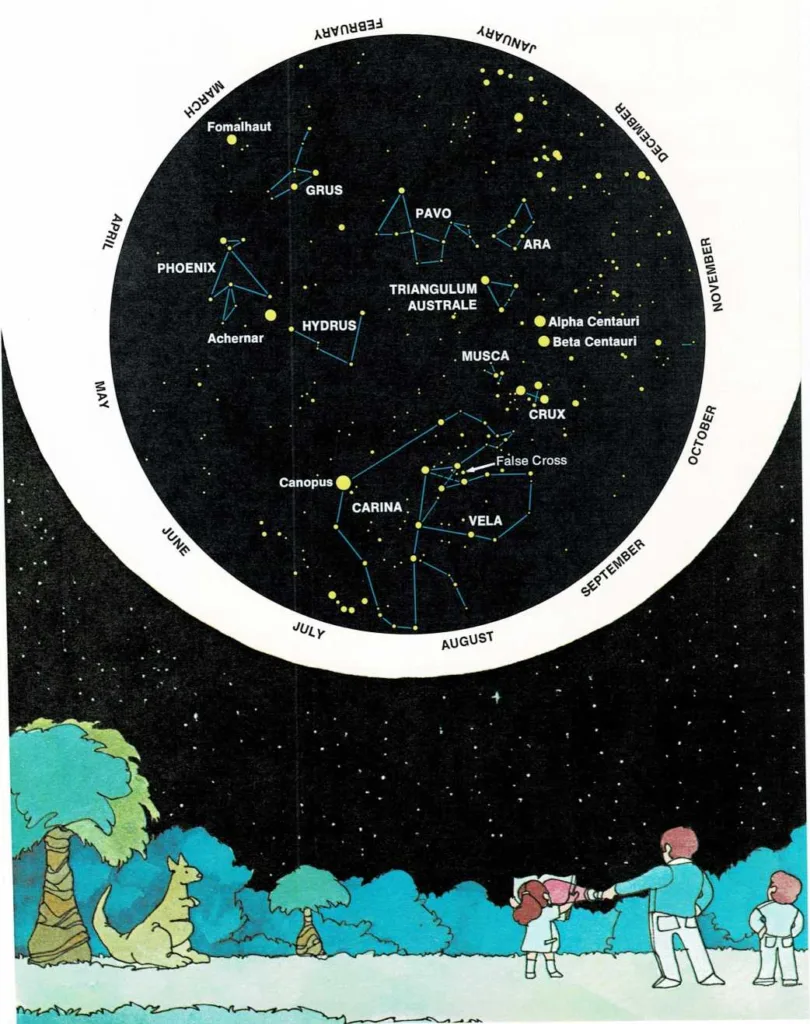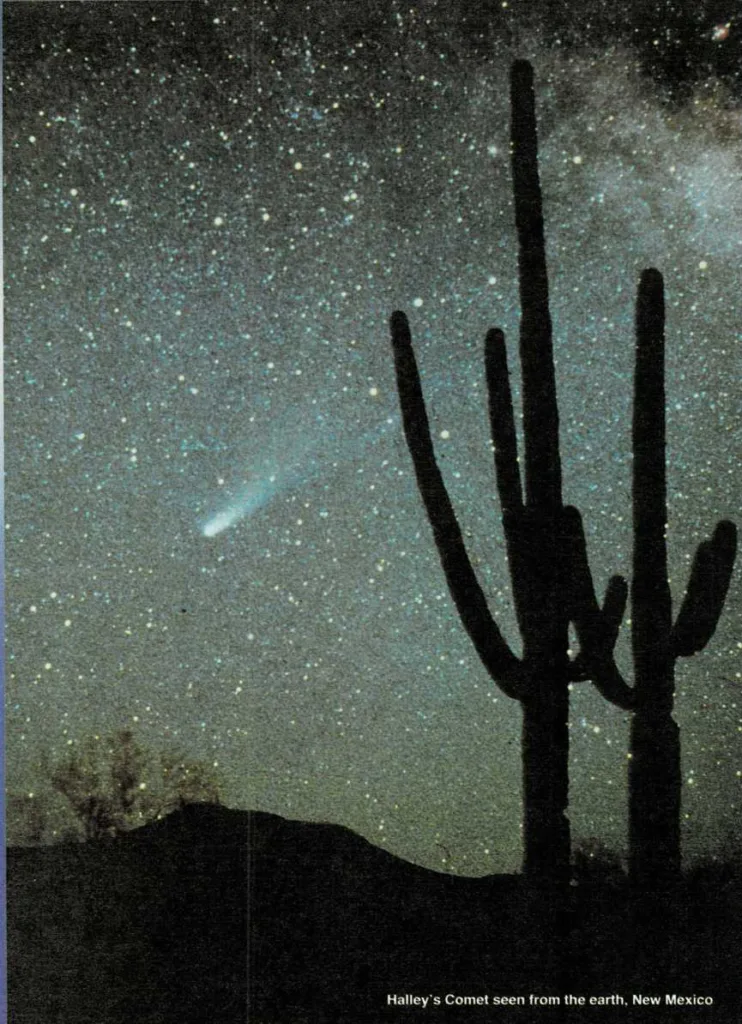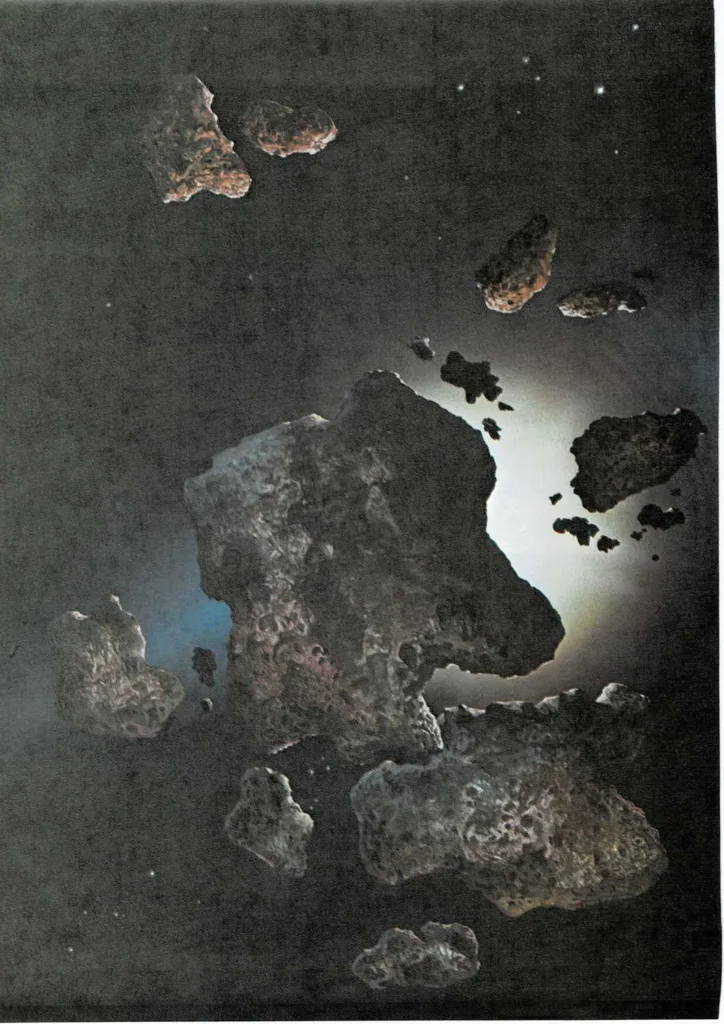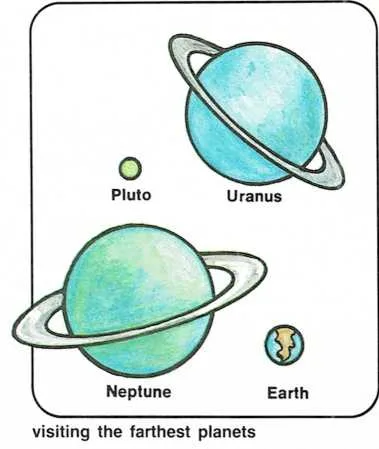> Milky Way Galaxy > > Our sun is part of a gigantic cloud of stars called the Milky Way > Galaxy. On a clear summer night you can sometimes see a bright haze in part of the sky. This haze is...
Misty shapes in space
A crab---a ring---a veil. These are some of the shapes taken by giant clouds of gas and dust, called nebulas, in space. The word nebula, means "mist." Some nebulas are the remains of stars that...
Exploding stars!
Nearly a thousand years ago, in the year 1054, a new star suddenly appeared in the sky. It was tremendously bright---so bright it could be seen even in daytime. For two years, the strange new star...
Finding constellations
Do you live in the Northern Hemisphere---say, in the United States, Canada, Great Britain, or Japan? Then, during most of the year you will be able to see the constellations shown on the star chart...
Star pictures
On a clear night, you may see thousands of twinkling stars. They seem to be scattered helter-skelter all over the sky. But if you look carefully, you will see that groups of stars seem to form...
Why do stars twinkle?
The sun and its family of planets, asteroids, meteoroids, and comets are like tiny specks of dust floating in a gigantic ocean. The endless ocean of space also contains countless billions of other...
A “star” with a tail
> Night after night, a long, shining streak hung in the sky. It looked > like a big, bright star with a glowing tail. Each night it seemed to > grow bigger and brighter. People were terrified. "It's...
“Shooting stars”
A big lump of rock and metal---a meteoroid---rushes through the blackness of space. For billions of years, ever since the planets were formed, it has been zipping around and around the sun. But now...
The tiny planets
Just as there are giant planets in the sun's family---Jupiter and Saturn---there are also "dwarf" planets. These small planets are called asteroids. Asteroids circle the sun in a ring between Mars...
The faraway worlds
> Space probes have visited Uranus and Neptune. Someday, we may send a > space vehicle to Pluto, the farthest planet. The seventh, eighth, and ninth planets of the sun's family are very far away....

